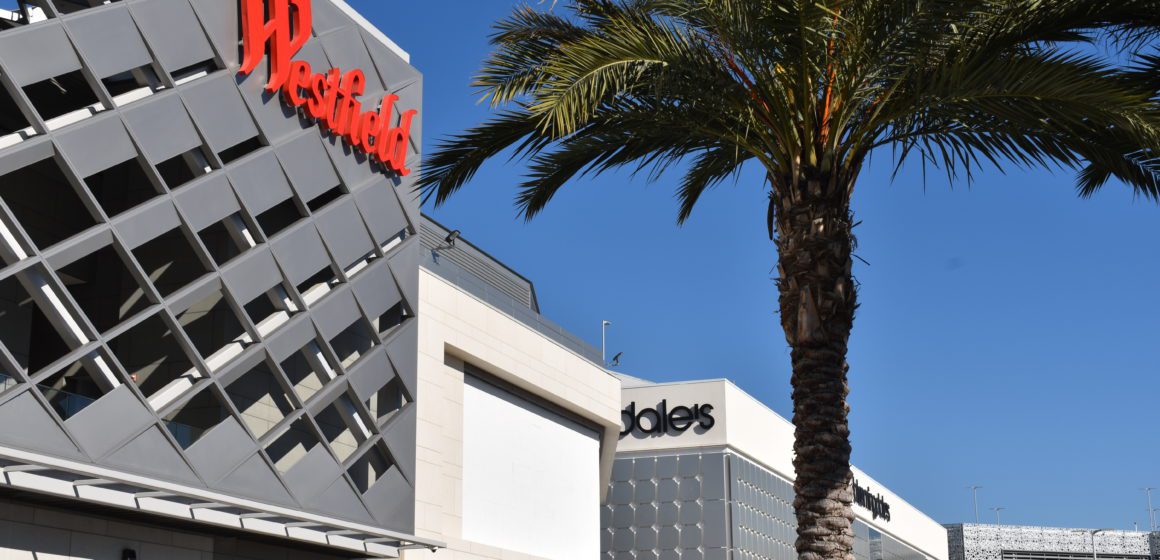A recent report ranks Silicon Valley among the slowest growing retail markets, though experts say there’s hope for the region’s economic future.
A report compiled by banner company Printastic compared retail growth for the nation’s 50 largest metropolitan areas. The report lists the San Jose metropolitan area as No. 45 and found there’s been a nearly 3% decline in retail businesses established in the region from 2020 to 2024. The top ranked metro area is Nashville, Tennessee. The San Jose metropolitan area includes Santa Clara and San Benito counties.
Experts say the environment for small businesses is dire, with a lack of accessible housing shrinking the possible workforce and changing economic conditions making it more difficult for businesses to gain footing.
Silicon Valley Chamber of Commerce CEO Harbir Bhatia said these factors are weighing on small businesses nationwide, though some are especially prominent locally — such as the region’s housing crisis pushes low-income residents out and shrinks the workforce.
“We don’t see any kind of relief for housing prices to be coming down so if you’re actually looking at the macro problem, Silicon Valley is in a really difficult situation,” Bhatia told San José Spotlight.
Consumer attitudes are also making it more difficult for retailers to stay afloat in Silicon Valley. Dennis King, executive director of the Silicon Valley Hispanic Chamber of Commerce and director of the Northern California Access Small Business Development Center, said he isn’t surprised to see the region ranked so low in the report. He said small businesses and retail outlets suffered tremendous losses during the COVID-19 pandemic and have been slow to recover.
“Silicon Valley is known to celebrate its entrepreneurship, it’s known throughout the world for its entrepreneurship,” King told San José Spotlight. “So why are we so far behind so many of the significant areas in the U.S. in fostering entrepreneurship? There’s a dichotomy there.”
He said part of that loss came from consumers moving to shop online. Other forms of retail have been taking hold, however, such as pop-up shops or microbusinesses. He’s seen an increase in pop-up retailers in San Jose and suggested it may become permanent as time goes on.
King said San Jose specifically doesn’t support small businesses as much as it did a decade ago, citing a small business incubator program cut in 2011. He added that more city support would help foster growth.
San Jose officials say the city has seen a stronger recovery from the pandemic than the report suggests. Victor Farlie, assistant to the city manager for small business, pointed to a variety of other markers indicating San Jose is doing well. That includes a 6% retail vacancy rate — a marked reduction from the flood of vacant downtown storefronts in 2023. Farlie said the city’s hit a record amount of sales tax from restaurants.
Farlie said the comparison’s in the report are incomplete, because it doesn’t weigh factors such as average household income and long-term economic growth. He added some metro areas, such as Nashville, are catching up to the growth San Jose had more than a decade ago.
Farlie said the city is working to retain existing small businesses by building up business improvement districts in a variety of neighborhoods. He also pointed to big box retailers opening new locations as a sign that San Jose’s retail scene is improving, such as the incoming Costco and the Bloomingdales location in Westfield Valley Fair.
“The emphasis on business retention leads to attracting more business, so the city’s focus is heavily on retention,” Farlie told San José Spotlight. “If you retain your businesses, you then also attract new ones, and again, San Jose is such a diverse community that businesses want to be here.”
Contact B. Sakura Cannestra at [email protected] or @SakuCannestra on X.




Leave a Reply
You must be logged in to post a comment.